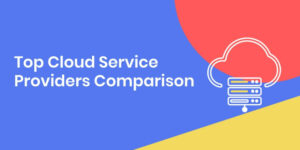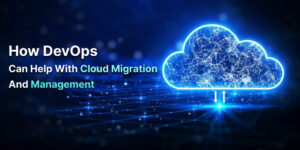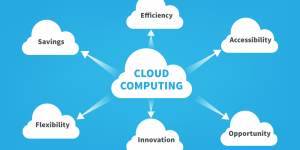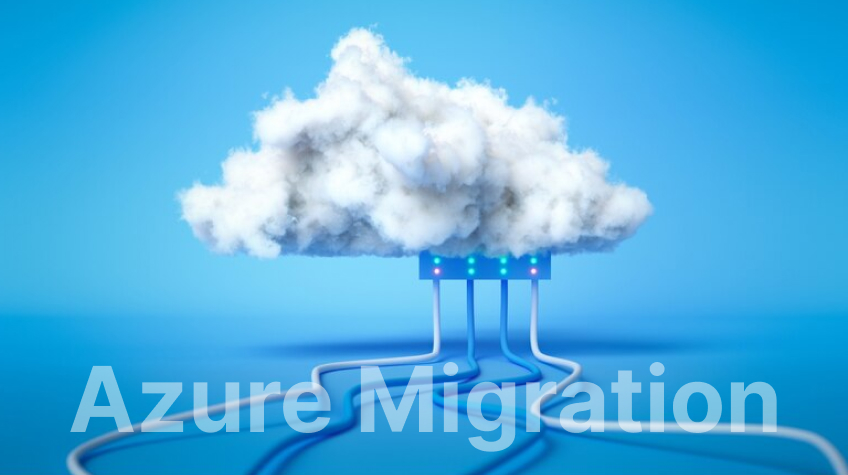
Azure Migration Challenges and Solutions: A Comprehensive Guide
The process of migrating an organization’s IT infrastructure, apps, data, and services from on-premises or other cloud environments to Microsoft Azure, a complete cloud computing platform, is referred to as Azure migration. Azure provides a variety of services, including computing power, storage, databases, networking, analytics, and machine learning.
Azure migration allows businesses to reap the benefits of cloud computing, such as scalability, flexibility, cost-efficiency, and increased agility. It enables firms to transition from a typical capital expenditure model to an operational expenditure one, in which they only pay for the resources and services that they utilize.
Azure migration is the process of moving an organization’s IT infrastructure, applications, data, and services from on-premises or other cloud environments to Microsoft Azure. It involves steps such as assessment, planning, networking, data migration, application migration, security and compliance, performance optimization, cost optimization, testing and validation, and go-live.
Azure provides a range of tools and services to facilitate the migration process, ensuring data integrity, security, and performance. By following best practices that can be learned from an Azure Course and leveraging Azure services, organizations can successfully migrate to Azure and unlock the benefits of cloud computing.
Azure migration is a crucial process for organizations seeking to harness the benefits of cloud computing. It allows businesses to modernize their IT infrastructure, improve scalability, reduce costs, and increase agility. Azure provides a robust set of tools, services, and migration methodologies to simplify the migration journey. From lift-and-shift migrations to re-platforming or re-architecting applications, Azure offers flexibility to accommodate diverse migration scenarios.
With Azure’s global data centers, organizations can seamlessly migrate workloads across regions while ensuring high availability and data redundancy. Moreover, Azure’s hybrid capabilities enable organizations to adopt a phased approach, seamlessly integrating on-premises and Azure resources. By migrating to Azure, organizations can leverage advanced capabilities like artificial intelligence (AI), machine learning (ML), analytics, and IoT, enabling them to innovate and deliver enhanced services to their customers.
Planning and Strategy Challenges
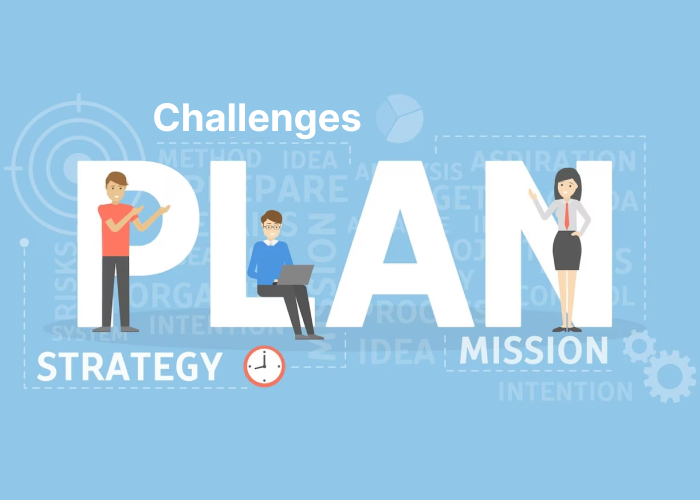
1. Lack of comprehensive planning
One of the primary challenges organizations face is inadequate planning and strategizing. A lack of clarity on objectives, timelines, resource allocation, and dependencies can lead to project delays and cost overruns.
Solution: Develop a detailed migration plan that includes a thorough assessment of existing infrastructure, identification of suitable Azure services, and a roadmap with defined milestones and timelines. Engage key stakeholders, such as IT teams and business units, to align expectations and establish clear communication channels.
2. Workload prioritization
Organizations often struggle with prioritizing workloads for migration, especially when dealing with a complex IT landscape. Incorrect workload prioritization can lead to suboptimal resource allocation and potentially impact business operations.
Solution: Conduct a thorough analysis of existing workloads based on their business criticality, complexity, and dependencies. Consider factors such as data sensitivity, regulatory compliance requirements, and application interdependencies. Categorize workloads into low, medium, and high priority, allowing for a phased migration approach that mitigates risks.
Security and Compliance Challenges
1. Data protection and privacy
Ensuring data security and privacy is a top concern for organizations migrating to Azure. The cloud environment introduces new challenges related to data encryption, access control, and regulatory compliance.
Solution: Implement encryption mechanisms, such as Azure Key Vault, to secure sensitive data at rest and in transit. Leverage Azure Active Directory (Azure AD) for identity and access management, enabling granular control over user permissions. Understand and adhere to relevant data protection regulations, such as GDPR or HIPAA, by leveraging Azure’s compliance certifications and built-in security controls.
2. Network security and threat management
Organizations must ensure that their Azure environment is secure against network threats such as unauthorized access attempts, malware, and data breaches. The dynamic nature of the cloud environment complicates network security.
Solution: Use Azure Virtual Networks (VNets) and Network Security Groups (NSGs) to establish network boundaries and govern incoming and outgoing traffic. Use Azure Security Centre to monitor and detect possible threats, and Azure Firewall or Azure DDoS Protection to protect against network-level assaults.
Performance and Scalability Challenges

1. Performance optimization
Migrating workloads to Azure requires optimizing performance to ensure smooth operations and avoid degradation in application response times. Inadequate performance planning can lead to performance bottlenecks and poor user experience.
Solution: Conduct thorough performance testing before and after migration to identify potential bottlenecks. Leverage Azure Monitor and Application Insights to gain insights into application performance and proactively address performance issues. Utilize Azure Autoscale to automatically adjust resources based on workload demands, ensuring scalability and optimal performance.
2. Data transfer and latency
Transferring large volumes of data to Azure and dealing with network latency can impact migration timelines and user experience. Traditional data transfer methods may prove inefficient and time-consuming. Exploring tools and strategies to address data migration challenges is essential to ensuring a smooth and efficient process.
Solution: Explore Azure Data Box, a physical device that enables secure and high-speed data transfer to Azure. Utilize Azure ExpressRoute for direct, private connectivity between on-premises infrastructure and Azure, minimizing network latency. Consider using Azure Content Delivery Network (CDN) to cache and deliver content closer to end users, reducing latency for global applications.
Cost Optimization Challenges
1. Misalignment of resources
Without proper monitoring and resource optimization, organizations may end up overprovisioning or underutilizing Azure resources, leading to increased costs.
Solution: Utilize Azure Cost Management and Billing to gain visibility into resource utilization and costs. Leverage Azure Advisor to receive recommendations on resource optimization, including rightsizing virtual machines and terminating unused resources. Consider implementing Azure Reserved Instances to optimize costs for long-term workload commitments.
2. Lack of financial governance
Organizations often struggle to establish financial governance processes and ensure accountability for Azure resource usage across different business units or teams.
Solution: Implement tagging strategies to track resource ownership and enable chargeback or showback models. Establish policies and guidelines for resource provisioning and cost allocation. Leverage Azure Policy to enforce compliance with organizational standards and cost management practices.
Conclusion
Migrating to Azure offers numerous benefits, but it also presents challenges that organizations must overcome to ensure a successful migration. By addressing planning and strategy challenges, security and compliance concerns, performance and scalability considerations, and cost optimization issues, organizations can navigate the Azure migration journey more effectively. You can take up an Azure Training and learn about Migrating to Azure. It is crucial to involve key stakeholders, leverage Azure’s built-in security controls, optimize performance, and implement robust cost management practices to achieve a seamless and efficient migration experience.


